Pasteurisation Monitoring
Compact and highly accurate temperature loggers to monitor your pasteurisation cycle
Custom designed pasteurisation monitoring systems for Glass bottles, Cans and PET containers.
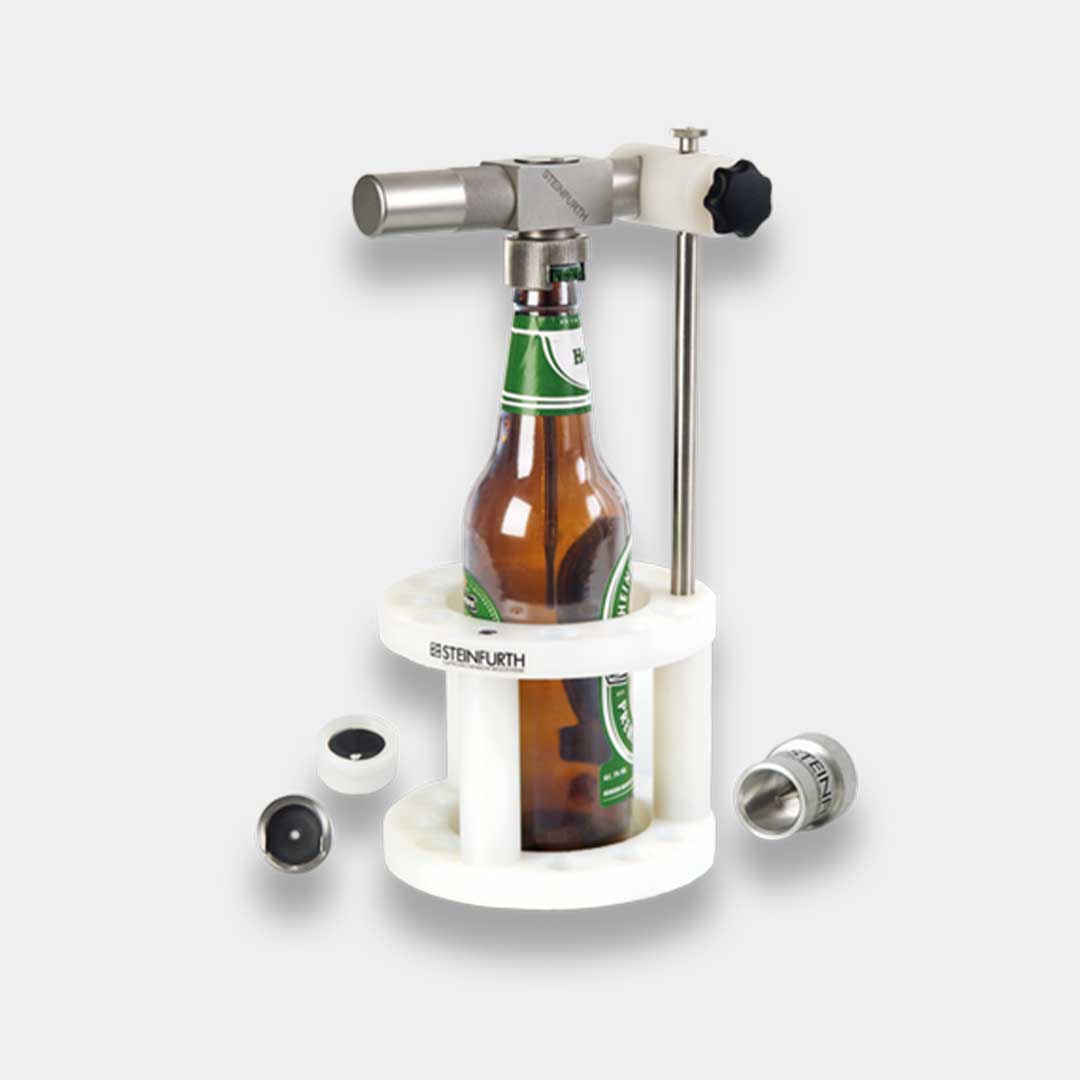
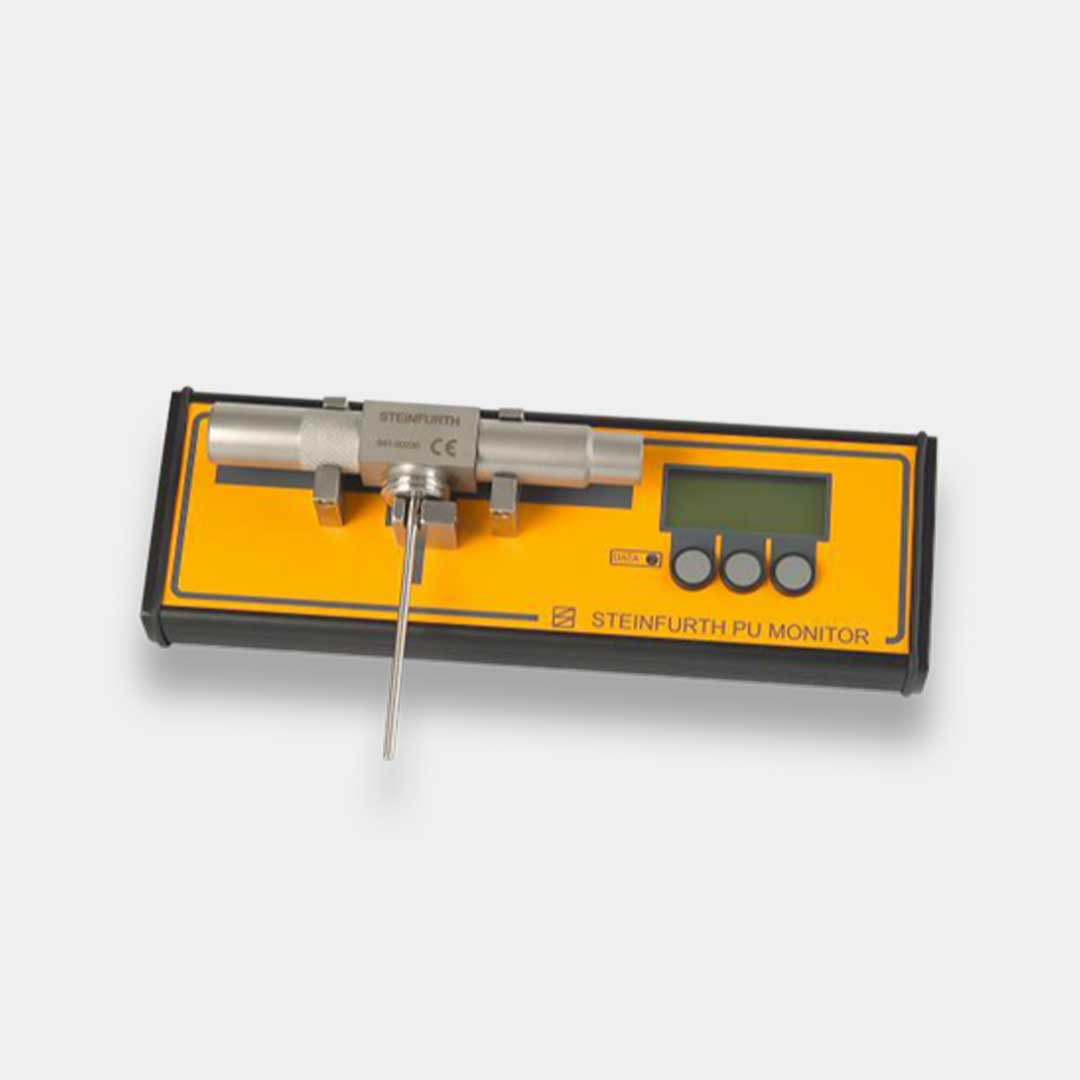
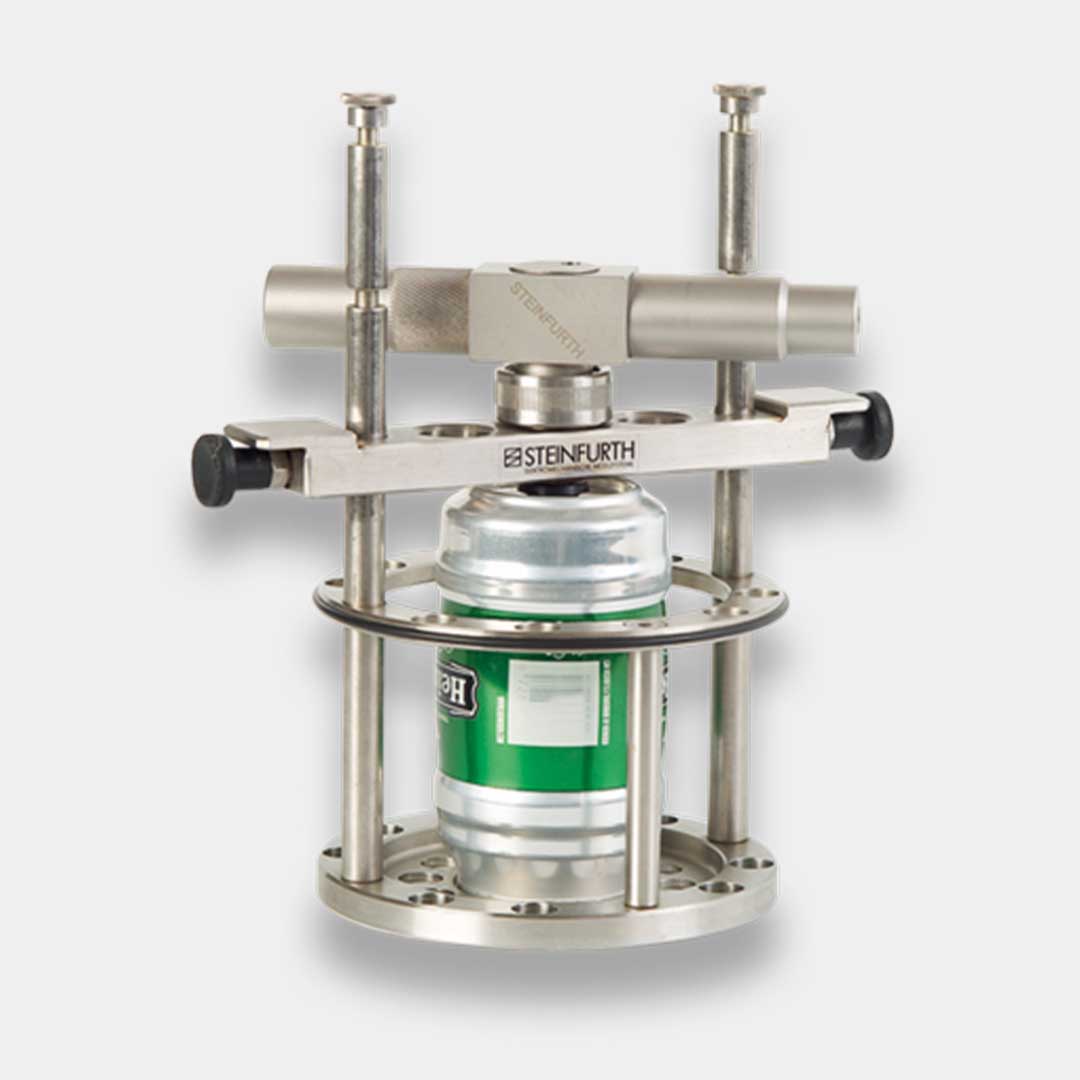
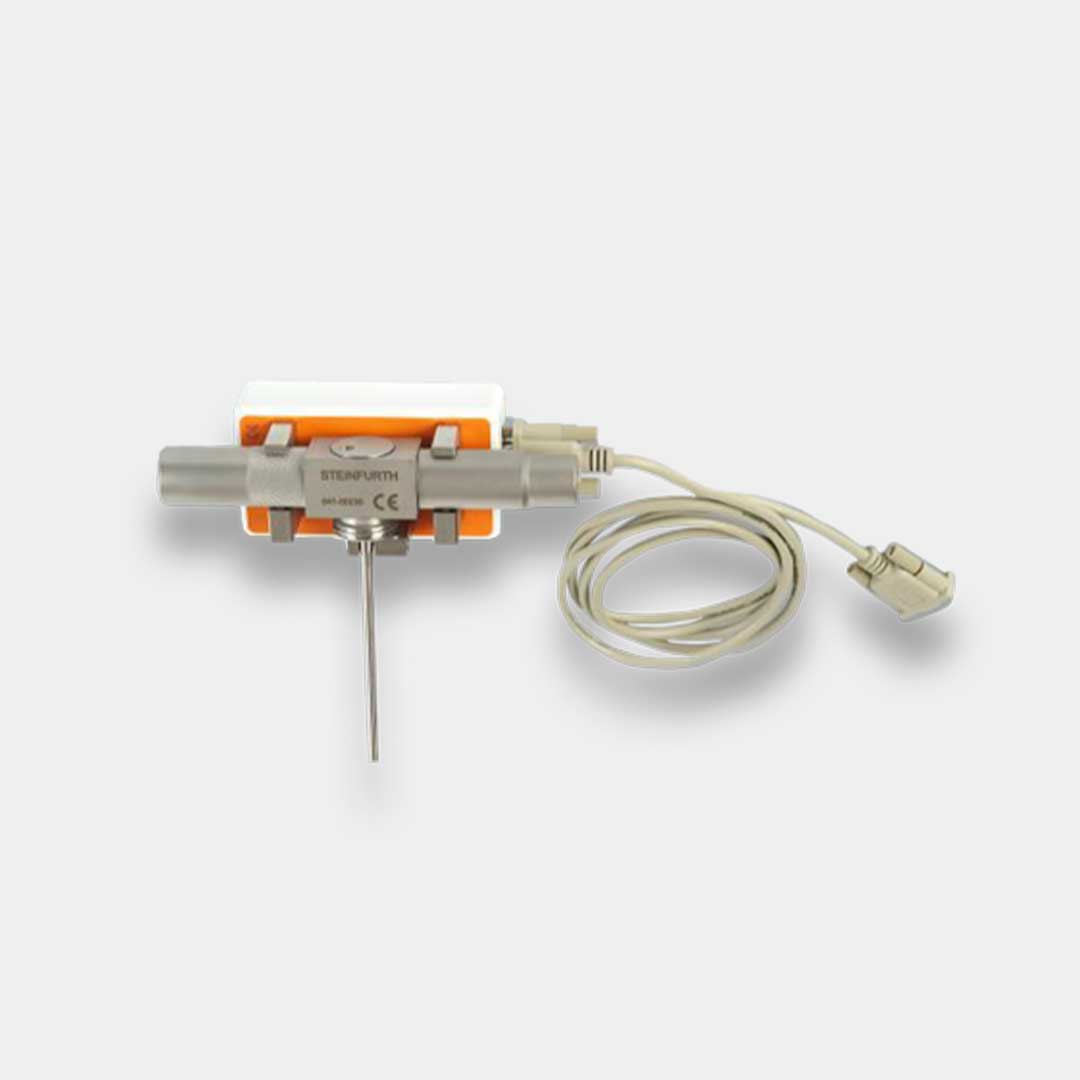
The reasons for Pasteurisation
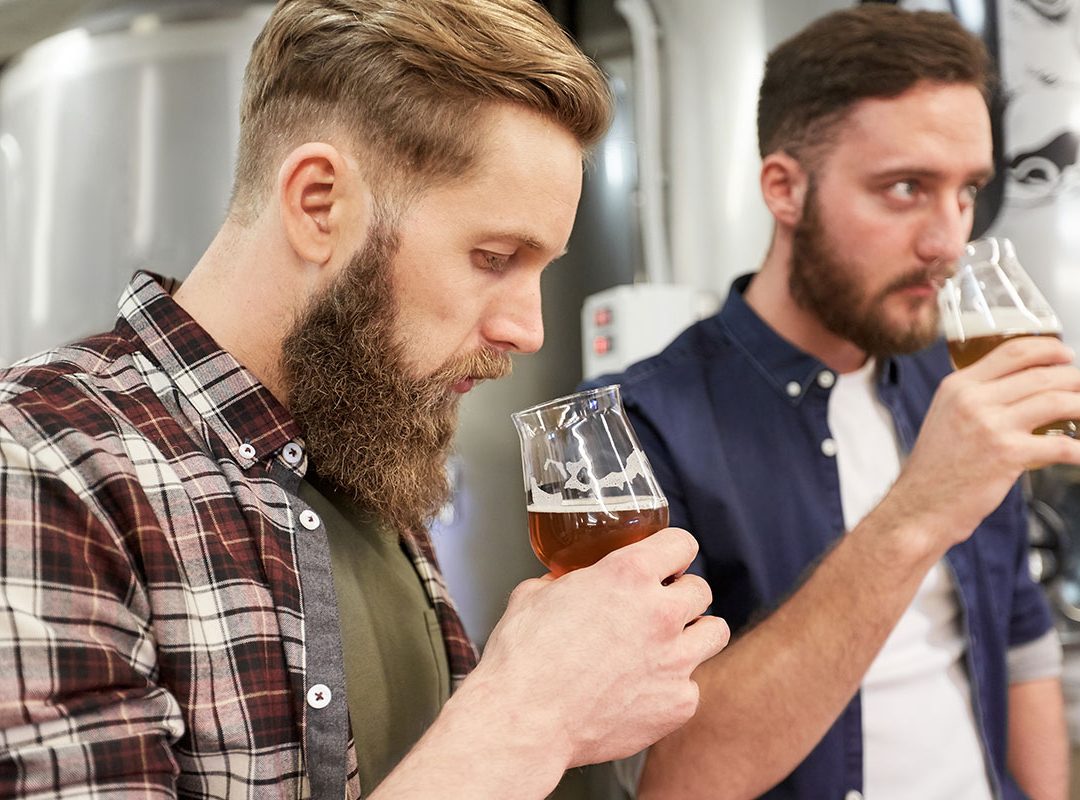
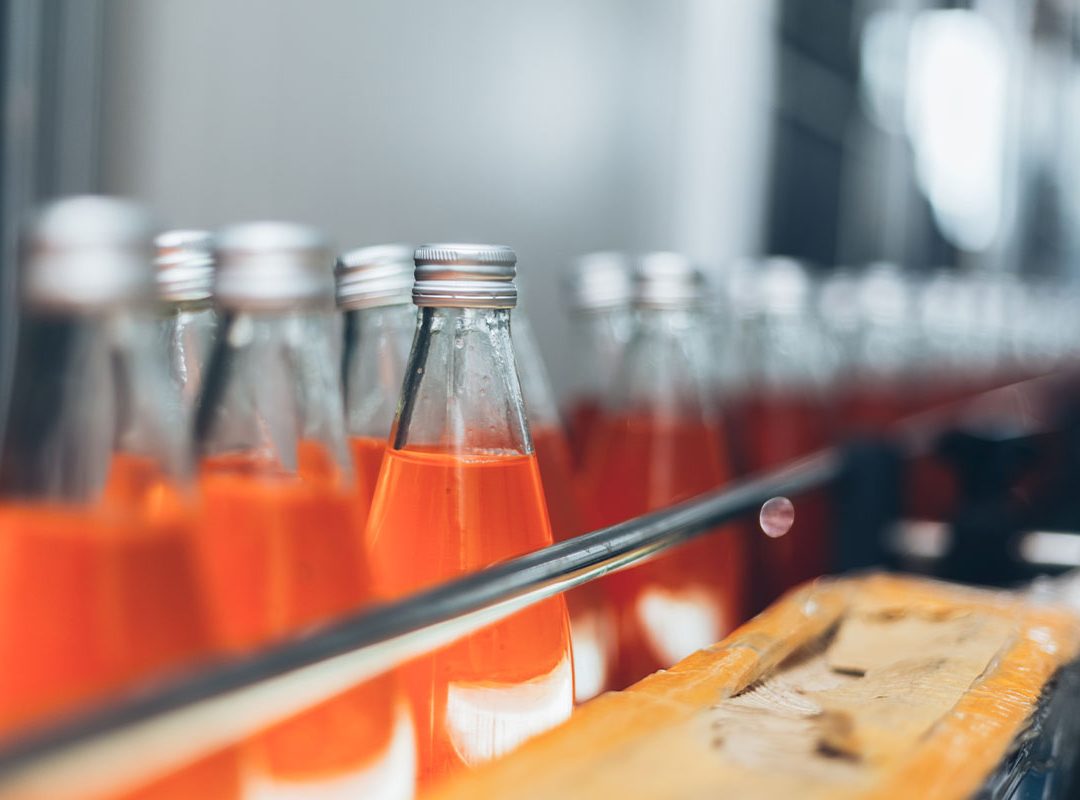
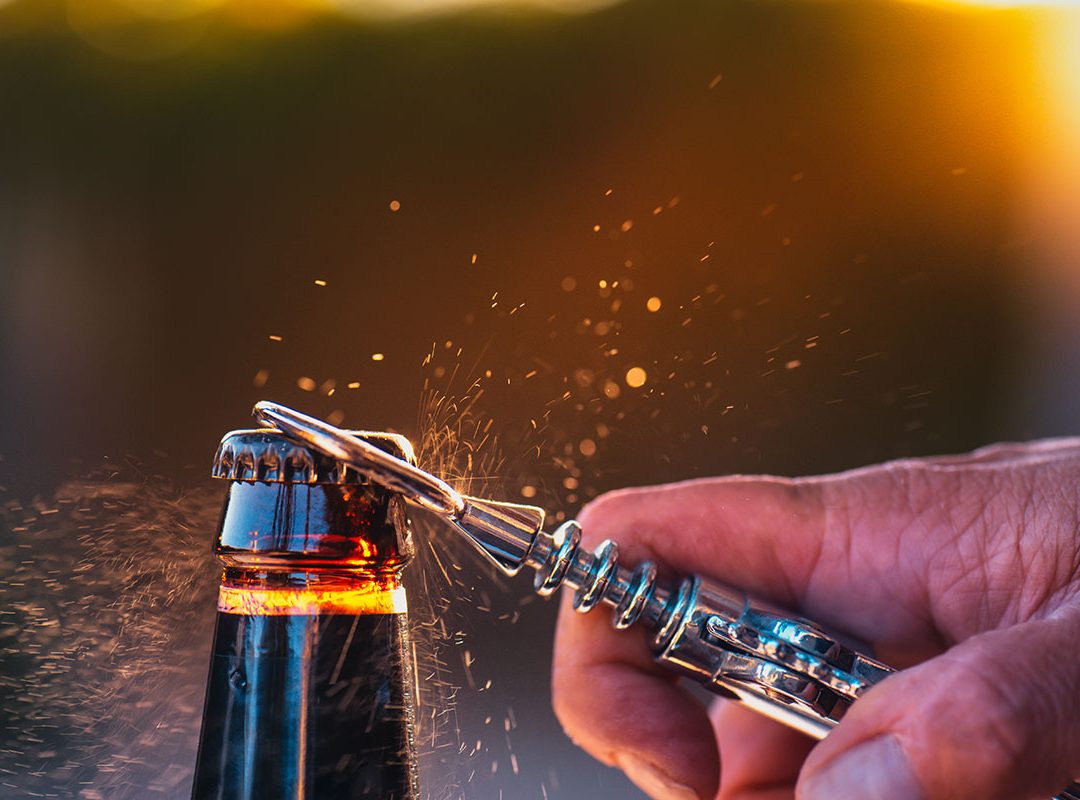
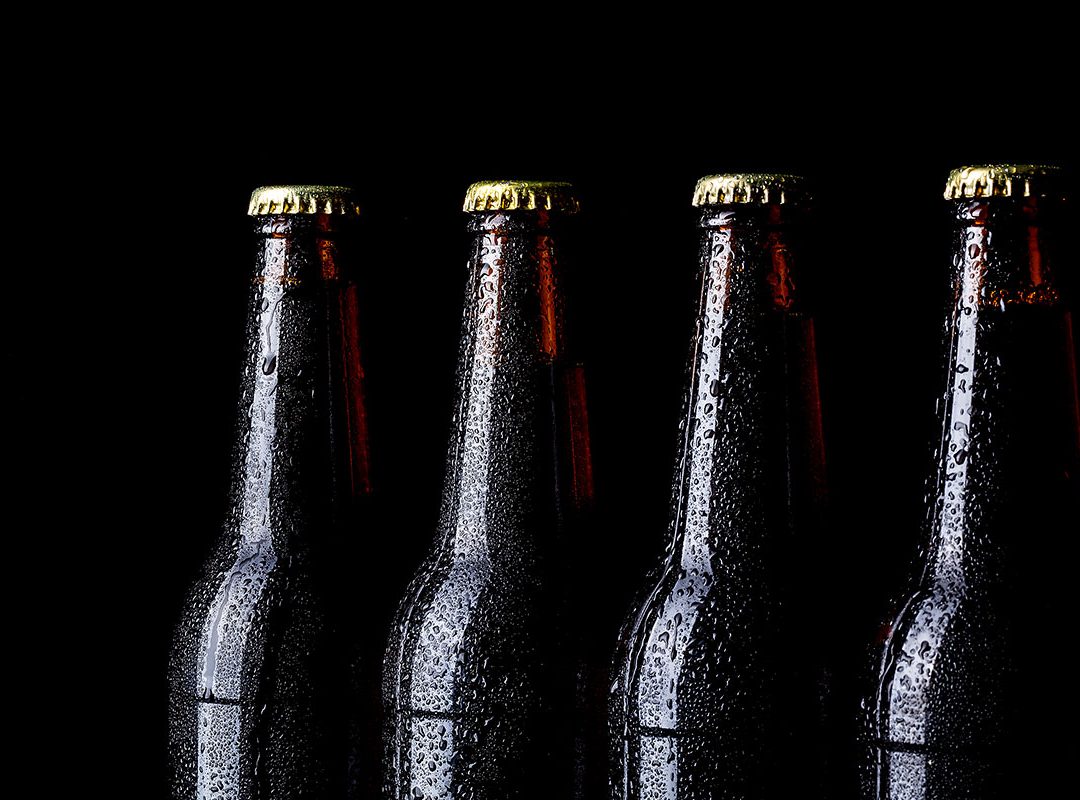
Pasteurization is used in beer, juice and plant based beverage production to reduce the number of microorganisms in the product to increase the product’s shelf life.
To protect the product taste, smell, color and brightness, pasteurization should be a gentle heat treatment. Common methods of pasteurisation are to use a tunnel pasteuriser. This equipment uses hot water to gently heat the bottle to the correct pasteurisation temperature.
Tunnel Pasteurisation
Tunnel pasteurisers are long and raise and lower the temperature of the bottles as they travel through the tunnel. Normally the tunnel will accommodate thousands of bottles at a time as they are very wide and long machines.
One of the challenges with tunnel pasteurisation is to achieve the correct temperature without damaging the product and affecting its quality and taste. The manufacturer has to be sure the beer has reached the optimum temperature. Simply monitoring the water temperature or the temperature inside the pasteurisation tunnel is not sufficient to ensure the liquid media has reached the correct temperature.
Pasteurisation Monitoring
Therefore it is common to use a pasteurisation logging or monitoring system. This consists of a very precise temperature probe PT1000 that can monitor the media temperature and also the water spray temperature as the product passes through the tunnel pasteurisation cycle.
In order to monitor inside the product and to make sure the correct temperature is achieved the coldest point in the container needs to be monitored. This point is typically ⅓ from the bottom of the bottle or can and is known as the “Cold spot”.
It is very important that the sample container selected is one from the same production having the same package and media. Normally a container is taken post filler and is used as the QA sample for Pasteurization logging.
The Pasteurization monitor is designed to have a measurement probe suitable for the container size. This design makes sure the measuring point of the temperature probe is at the cold spot in the container. The pasteurization logger also has a second temperature sensor on the outside to measure the water spray temperature.
Pasteurisation Data logging
Lightweight Design for easy placement
The Steinfurth design is also lightweight so the operator can easily place the sample bottle and basket on the conveyor into the production bottle population.
The sample bottle with pasteurisation logger enters the tunnel pasteurizer along with the other beer, or juice bottles and travels the entire length of the pasteurizer.
Once it reaches the exit of the pasteuriser the QA personnel will retrieve it from the line.
Data retrieval is easy
The logger can be removed from the bottle and it fits neatly onto a docking station. When the docking station detects the logger it will automatically download the data for further processing.
Connection to PC software
The pasteurisation monitor’s docking station is connected to a PC. The PC is running a software package that will import the temperature data and provide the user with tabulated results with time stamps. The data will also be presented in graphical format so the operator and QC personnel can easily see if the pasteurisation cycle is correct and the correct PU value has been reached.
Data is then stored historically in a database so the customer has a record for future reference.
- juice pasteurization temperature monitoring
- beer pasteurization temperature monitoring
- bottle and can pasteurization data logger
- pasteurization monitoring
- monitor beverage pasteurization
- pasteurization temperature monitor
- temperature data logger
- PU Monitor
- beer pasteurisation
- pasteurisation logger
- PU logger
- pasteurization units
- tunnel pasteurisation
- temperature loggers
- past control system
Pasteurisation monitoring questions answered by our experts:
Can the same logger be used for Bottles and Cans ?
All our loggers are custom made and we can design adapters for all types of container, so that one logger could be used for multiple package types.
If I have different sizes of one container type how will the temperature sensor always be in the right place?
The logger will be manufactured so it is suitable for the largest container, then we can make adapters for the smaller containers to position the probe to always be at the correct measuring point in the container.
Is the pasteurisation logger in degrees C or F?
You can select the temperature scale required based on your preference. This is a selection in the logger software.
Does the PU logger use a battery?
Due to the compact size of our loggers we use one AA lithium battery to power the device. We use off the shelf batteries so they can be purchased locally when needed.
How long is the battery life of a pasteurisation monitor?
This will be dependent upon usage, but with our systems we typically see that using the logger 5 times per day a lithium battery will power the unit for 3 months. The logger will automatically shut down after a certain period of non usage to preserve the battery life. You can also use rechargeable lithium batteries in the unit to save cost.
Is the data stored in the on board memory of the pasteurisation monitor?
The system has an on board memory that can store data for upto 6 months. You will be given a warning when the memory is becoming full. The warning is given when the memory is at 80% and this is given when you connect the logger to the docking station. Data can be downloaded to the PC so it can be held for longer periods.
Does the system come with PC software?
We provide a PC software program for configuration of the system and data retrieval.
What settings can I configure with the PC software?
You can configure the system to start and stop at a certain temperature, also the logging interval and other set up parameters for the system.
How do I calibrate my pasteurisation monitor?
JWII provides full service and calibration facilities in Australia and the Asia Pacific. The unit can be returned to our facility for full calibration against a certified and traceable temperature standard. We use temperature controlled water baths to calibrate the loggers over a wide temperature range and then provide a traceable calibration certificate.


